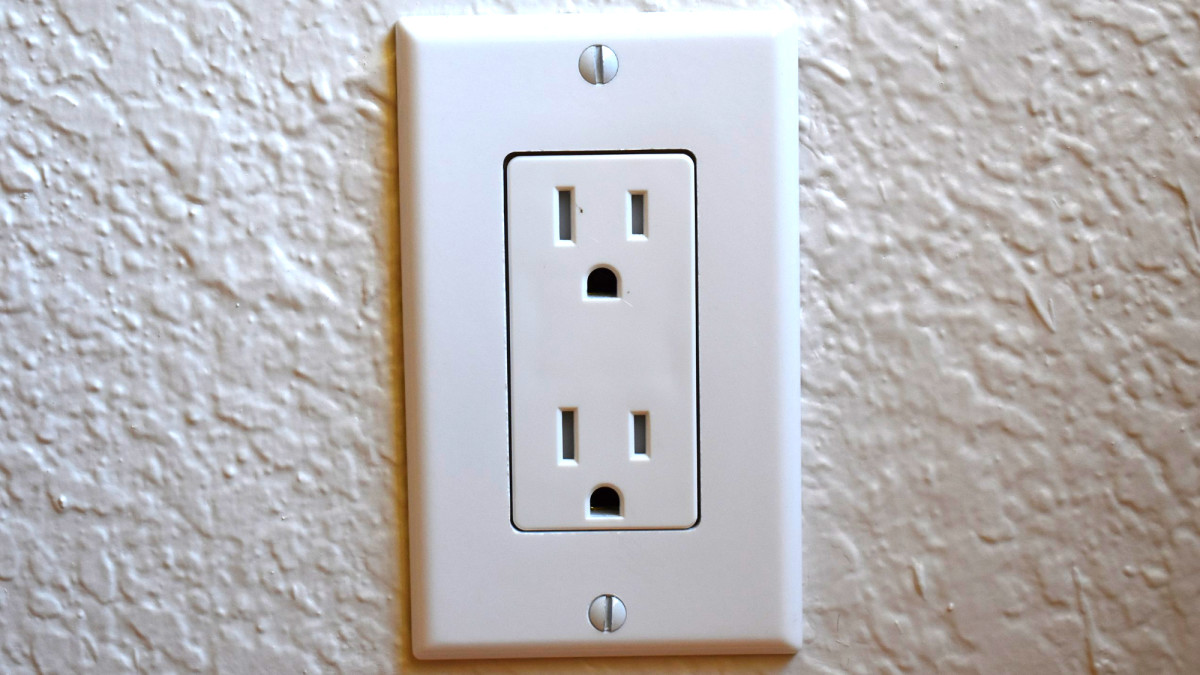Tiling a Shower Floor Using Ceramic or Pebble Tiles

Tiling a shower floor can be fairly straightforward for someone who has experience, but for a novice, it can be a daunting task. The key to success when tiling a shower floor is to prepare the work area properly using the correct materials and to take a methodical approach. Let’s look at the basic equipment and materials you’ll need for the job.
Materials:
- Pebble tiles or ceramic tiles
- Tile adhesive or mortar
- Grout and tile sealer
- Tile grout
- Spacers
- Water
Tools:
- Safety goggles
- Knee pads (optional)
- Bucket
- Square-notched trowel
- Tile nipper or cutter
- Grout float
- Sponge
- Paint Brush
Preparing the work area
Understanding the underlying structure is an important part of preparing the work area before you start tiling. You should check whether the floor is stable and has no deflection. If there’s any bounce or deflection to the floor, you should add an extra layer of half an inch of exterior-grade plywood over it before you start the tiling process. You should use 2-inch screws to secure the plywood so that they extend all the way into the floor joists.
If the shower walls are made up of drywall, you should also use cement backer board on the walls to prepare it for tiling if you haven’t already. The shower floor may consist of a mortar shower pan or a solid concrete floor. If you want to use a mortar shower pan, you should install that first before you proceed with the tiling. The type of shower base you choose should not impact the tiling process itself.
If you’re planning to tile the walls of the shower as well, you should do that first before you start tiling the floor. The tiling process can be messy, and tile adhesive or grout will most likely spill and splatter onto the floor while you work. It’s also likely that you’ll drop a tool or tile while you’re working, and doing the shower floor last will save you from having to replace broken or cracked floor tiles. Protect the shower floor with a piece of cardboard or heavy-duty plastic to help keep it clean while you finish working on the walls.
Choosing the right tiles
Choosing the right tiles is just as important as knowing how to apply them correctly. It’s best to use tiles that are no larger than 2-by-2 inches. Using pebble tiles takes the guesswork out of having to choose tiles, but if you prefer the look of ceramic tiles, you should go with a smaller tile. Smaller tiles are less slippery because of the grouting every few inches or so. They are also easier to install in a shower floor, because they can accommodate sloping more easily. Larger tiles are harder to lay on sloping surfaces, and you may end up with oddly angled tiles or less of a slope.
Positioning the tiles
The method you use to position the tiles should be determined by the shower size. Generally speaking, you should be able to work from one side to the other or from the centre of the shower floor outward. If the shower floor area is greater than 3-by-3 feet, it’s best to find the center of the floor and work from there towards the outer edges. You could also draw reference lines on the mortar floor to help you position the tiles. If you’re using ceramic tiles, you may also need to use spacers to ensure you space the tiles evenly. Pebble tiles take the guesswork out of laying the tile, and you won’t need spacers, since these tiles are already pre-spaced.
Laying the tiles
You should start by mixing the tile adhesive or a thin mortar to secure the tiles when tiling a shower floor. Use the square set trowel to apply a thin layer of mortar or adhesive and carefully lay the tiles down and firmly press them into place. If you’re not using pebble tile sheets, you should insert spacers to ensure that the spaces in between the tiles are even. As you approach the drain area, measure out the space that should be left clear and cut the tiles or pebble sheets to accommodate the shower drain. Once the tiles are laid, you should let the mortar or adhesive set for at least 24 hours.
Applying the grout
The first step is to mix the tiling grout, and you just need to follow the manufacturer’s instructions to get the correct water-to-grout ratio. The mixture should be fairly runny to ensure that it’s easy to apply and gets into the grooves between the tiles easily. You could use a grout float to apply the grout, so don’t worry if it gets onto the tiles or pebbles as well. The trick is to clean the tiles with a damp sponge within 10 to 15 minutes after you’ve completed the grouting. This will prevent the grout from sticking to the tiles and will help clean off any excess. To get the tiles completely clean, you should wipe it again at 15-minute intervals until all the excess grout has been removed.
Finishing the job
The last step is to apply the tile and grout sealer, and this is a fairly straightforward task. The tile adhesive and grout should be completely dry before you apply the sealer, so it’s best to give everything ample time to dry out. Applying the sealer is quite easy since it’s ready-mixed and can be applied with a paintbrush. If you used tile grout with an epoxy formulation, you won’t need to use grout sealer. Allow the sealer to dry entirely before using the shower.
Tiling a shower floor can be done by just about anyone with a little patience and the correct tools. Careful preparation should help you get a decent end result without the help of a professional. If you do have questions regarding which products to use, your local hardware store or DIY outlet should be able to offer expert advice and suggestions.








